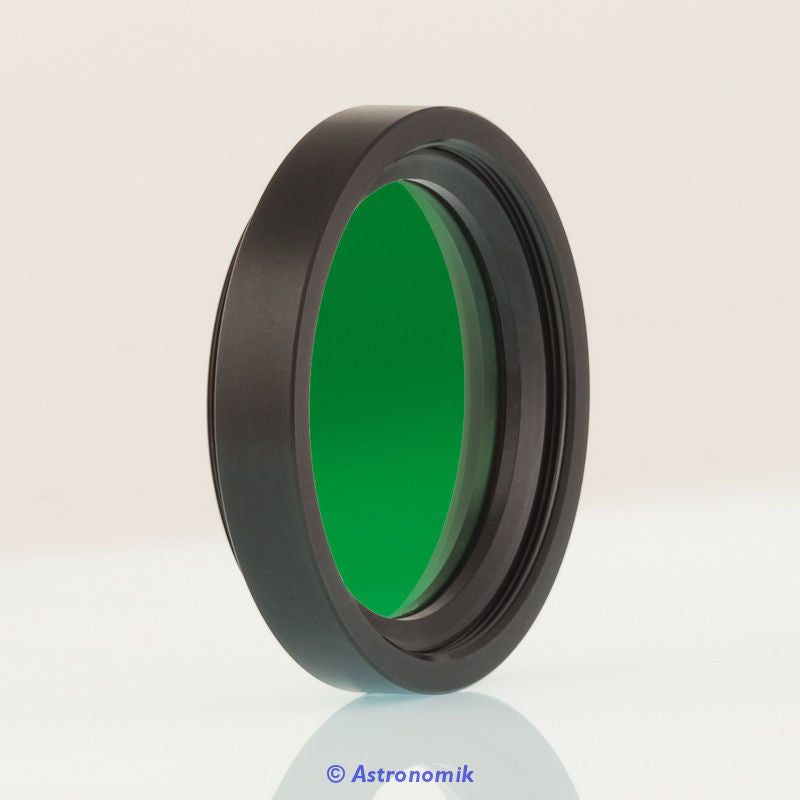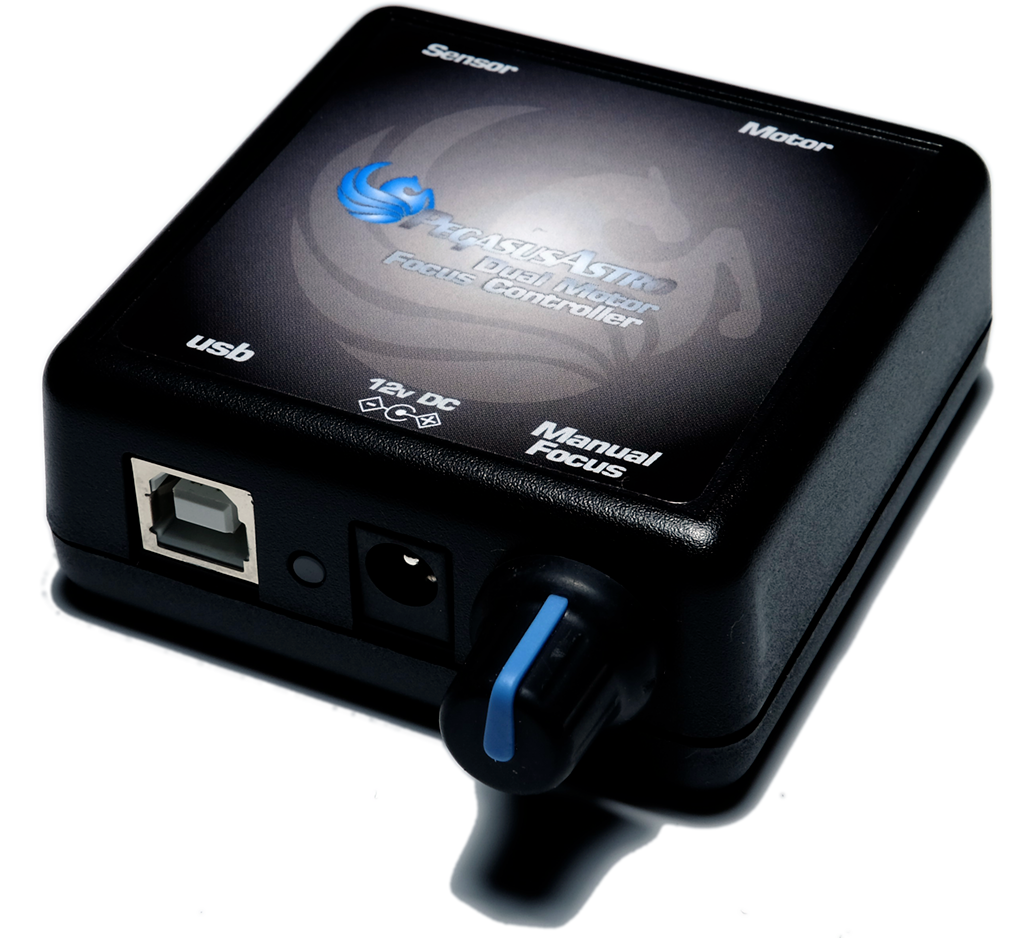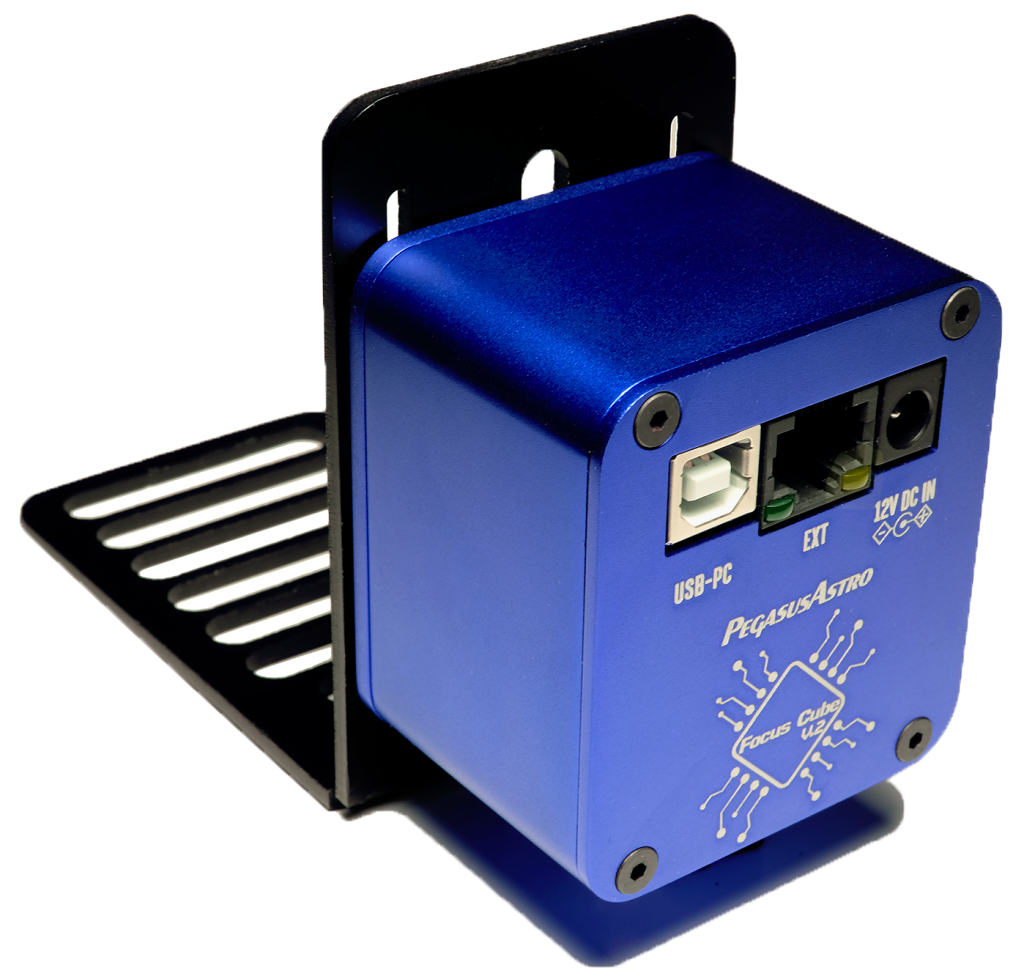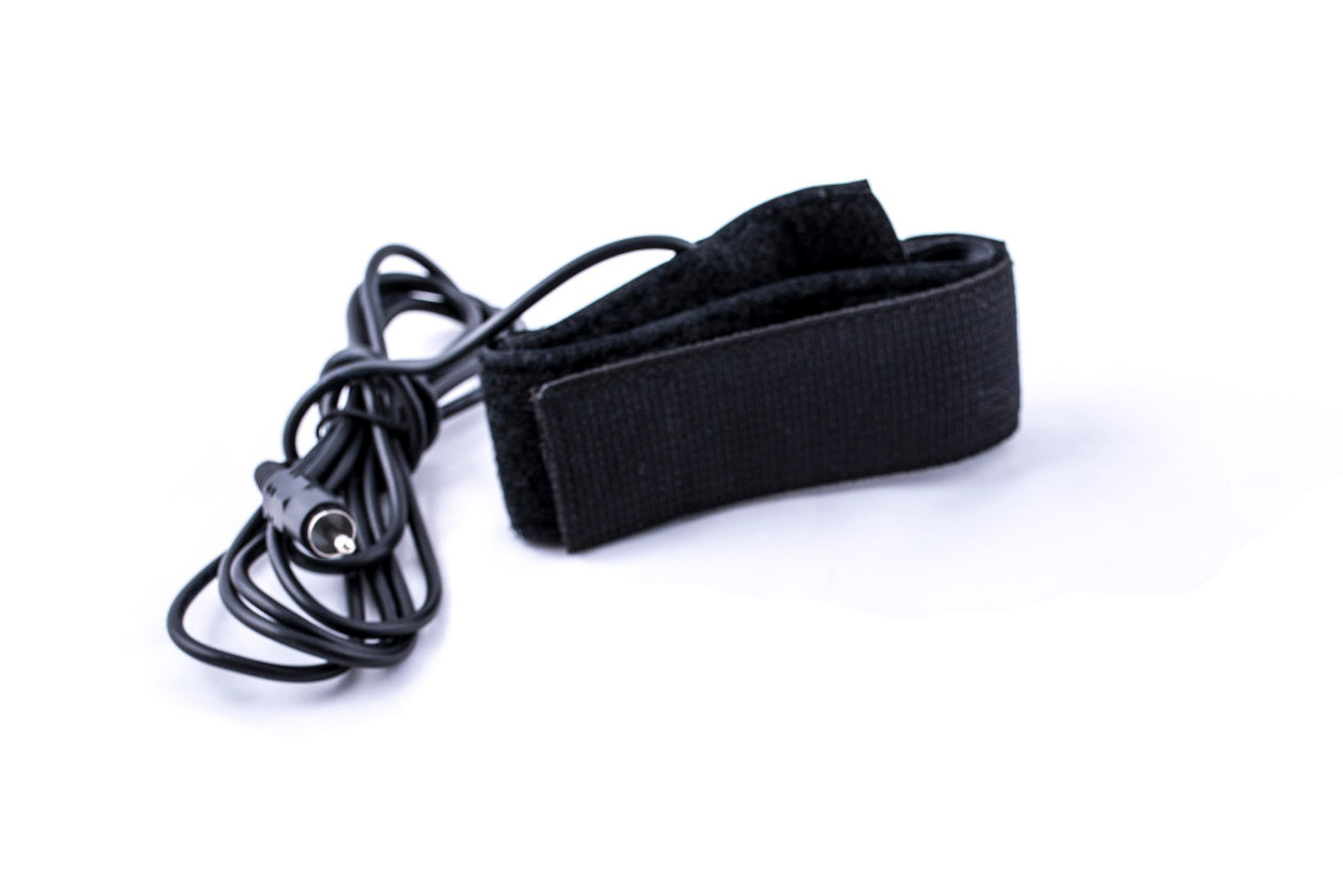PlaneWave 14-inch CDK Features:
- For time frames or questions, please contact us at 800-483-6287.
- Dual Carbon Fiber Truss Design: Minimizes thermal expansion which causes focus shift with changes in temperature.
- Carbon Fiber Lower Light Shroud: Protects the primary mirror from damage and from stray light.
- Fused Silica Optics: Synthetic amorphous silica glass of the highest purity and one of the most transparent glasses available. Superior optical and thermal properties to most other glass in the world.
- Dovetail expansion joint: Allows for the difference in thermal expansion between carbon fiber and aluminum. The expansion joint allows the aluminum dovetail to expand and contract without stressing the carbon fiber lower truss.
- Cooling Fans: Three fans blow filtered air onto the back of the primary mirror to help it quickly equilibrate to the ambient temperature. The fans are controlled by a switch on the optical tube or can be controlled by a computer if the optional EFA Kit is purchased.
- Delta-T Ready: Internally wired with polyimide film heater pads and temperature sensor that can be controlled with the (optional) Delta-T controller.
The PlaneWave CDK Design
Created to meet the demands of both the serious imager and visual observer, the PlaneWave CDK (Corrected Dall-Kirkham) design far exceeds the off-axis performance of most commercial telescope designs, including the Ritchey Chretien. The RMS spot sizes at the edge of a 35 mm frame remain smaller than a single pixel on the most advanced CCD cameras available to most astronomers today. Most telescope images degrade as you move off-axis from either coma, off-axis astigmatism, or field curvature. The CDK design suffers from none of these problems.
The PlaneWave CDK is coma-free, has no off-axis astigmatism, and has a flat field. The design is a simple and elegant solution to the problems posed above. The CDK consists of three components: an ellipsoidal primary mirror, a spherical secondary mirror and a lens group. All these components are optimized to work in concert in order to create superb pinpoint stars across the entire 52 mm image plane.
One of the unique features of the PlaneWave CDK design is its ease of collimation and achievable centering tolerance for a telescope of its class. This ease of alignment and collimation guarantees the user will be sure to get the best performance out of the telescope possible, each and every night. The end result at the image plane of the CDK design is pinpoint stars from the center of the field of view out to the corner of the field of view.
Comparison: CDK vs Ritchey Chretien
The Ritchey design was popularized as an astro-imaging telescope due to its use in many professional observatories. Although very difficult and expensive to manufacture and align, the Ritchey is successful in eliminating many of the problems that plague many other designs, namely off-axis coma. However the Ritchey does nothing to eliminate the damaging effects of off-axis astigmatism and field curvature.
The CDK design tackles the off-axis coma problem by integrating a pair of correcting lenses into a two-mirror design. The beauty is that this design also corrects for astigmatism and field curvature. Because the lenses are relatively close to the focal plane (unlike the Schmidt corrector plate found in various Schmidt-Cassegrain designs), and because these lenses work together as a doublet, there is no chromatic aberration. The CDK offers a wide aberration-free, flat field of view that allows the user to take full advantage of the very large imaging chip cameras in the marketplace today.
Having an aberration-free telescope design means nothing if the optics cannot be aligned properly. Many Ritchey owners never get to take full advantage of their instrument's performance because the Ritchey is very difficult to collimate. Aligning the hyperbolic secondary mirror's optical axis to the optical axis of the primary mirror is critical in the Ritchey design, and the tolerances are unforgiving. The secondary mirror of the CDK design is spherical. It has no optical axis and so the centering tolerance of the CDK secondary mirror is comparatively huge. With the help of some very simple tools, the CDK user will be able to set the secondary spacing, collimate the optics and begin enjoying the full performance potential the instrument has to offer within a few minutes.
In the comparison shown above the drastic difference in performance between the CDK and the RC is apparent. The biggest component that degrades the off-axis performance of the RC is the de-focus due to field curvature. In many diagrams shown by RC manufacturers, the diagrams look better than this because they are showing a curved field. This is fine for visual use because the eye can compensate for some amount of curvature of field. But CCD arrays are flat and so in order to evaluate the performance a spot diagrams and/or diffraction simulations requires a flat field as shown in this diagram.
What's in the box:
- For time frames or questions, please contact us at 800-483-6287.
- PlaneWave CDK 14-inch Carbon Fiber Truss Design OTA
- For time frames or questions, please contact us at 800-483-6287.
- Includes Dovetail Expansion Joint and 3 Cooling Fans
- Ronchi 1.25-inch Inner Diameter Spacer
- Ronchi Ocular Screen for setting primary to secondary spacing
- Primary Mirror Cover
- PlaneWave Thumb Drive with software and documentation
- 12V DC Power Supply (Not included with European Orders)
-
English Hex Wrench Set (European Orders Only)
Important Order Information:
- For time frames or questions, please contact us at 800-483-6287.
- If these are out of stock, PlaneWave requires a 50% deposit at the time your order is placed. If you decide to cancel that order, the manufacturer will keep $800 from your deposit. (Lead time for out of stock is about 90 days.)
- This telescope comes with a dovetail. Please let us know the mount you will be using the CDK 14-inch on so that we can get you the proper dovetail.
- We also need to know which CCD camera you will be using so that we can inform you of the proper adapters for your set-up.
- Shipping charges will be quoted separately. Just contact OPT for a shipping quote. The quote will include a shipping crate.















